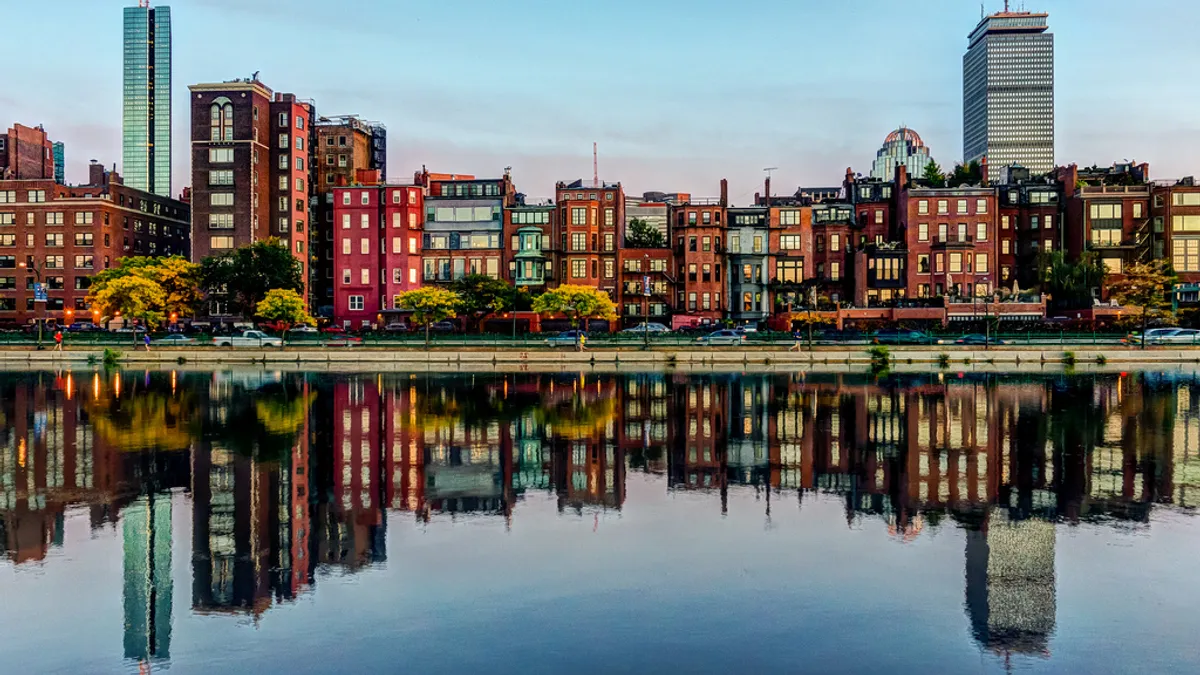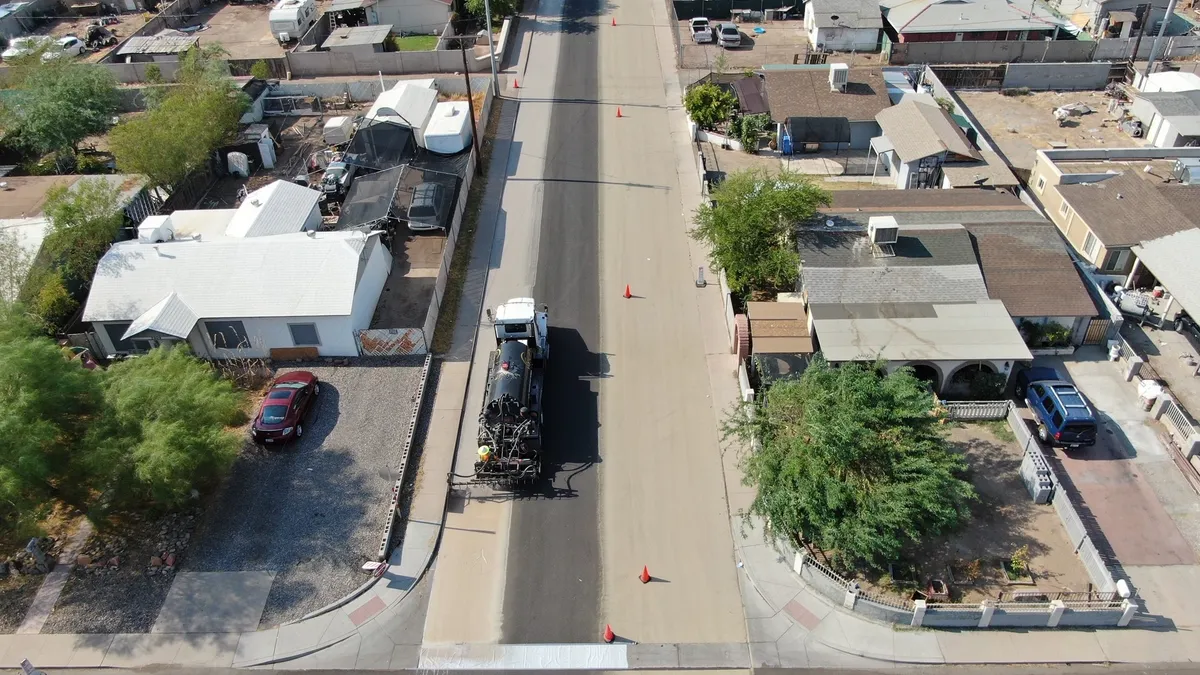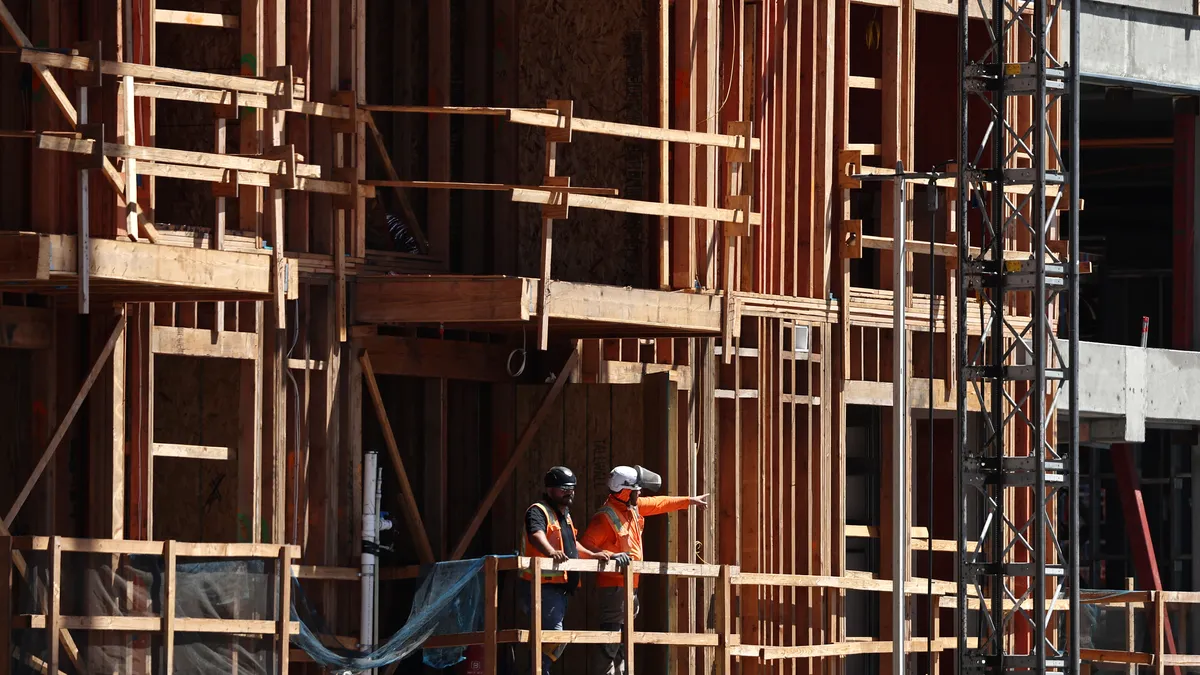Dive Brief:
- The City of Boston launched a citywide effort known as "Playful Boston" that seeks to add "engaging, innovative and playful" aspects to urban life. The effort includes a public competition, dubbed "Play Around the City," to install "playful interactions" at four bus stops.
- The program is meant to test how playful spaces and interventions could impact community interactions and civic engagement.
- "Play and playfulness are critical to building skills for lifelong learning," said Turahn Dorsey, Chief of Education, in a statement. "Play Around the City envisions the city as both a classroom and playground that enables younger and older people, alike, to playfully imagine, learn, and connect."
Dive Insight:
Boston’s own initiative cites research from behavioral scientists that says that “playful activities in untraditional spaces can increase an individual’s learning ability and help develop skills such as collaboration, communication and adaptability.” To that end, cities are increasingly seeking to diversify their public spaces and incorporate features like recreation and the arts into their integrated planning.
A study released last month by the Trust for Public Land, found that public spending on parks was up to $7.5 billion this year, an increase of more than $400 million over the previous year, building on a belief that living near public outdoor spaces enhances residents’ lives.
A survey by the Knight Foundation’s Soul of the Community Initiative found that across 43 cities, "social offerings, openness and welcome-ness" and "aesthetics" of a city were more important to residents than education and safety as a "driver of attachment," and cities have been working on public art installations that can engage residents and bring in visitors. Jason Schupbach, director of the Design School at Arizona State University's Herberger Institute for Design and the Arts, told Smart Cities Dive last year that "creative placemaking" can be worked into smart cities projects — like Boston’s integration of art and transit stops — to engage residents.
"There's definitely artists working on public safety projects. There's artists working on transit projects. There's artists working on environmental projects. The skill set of artists really do translate into helping a lot of those different sectors," he said.










